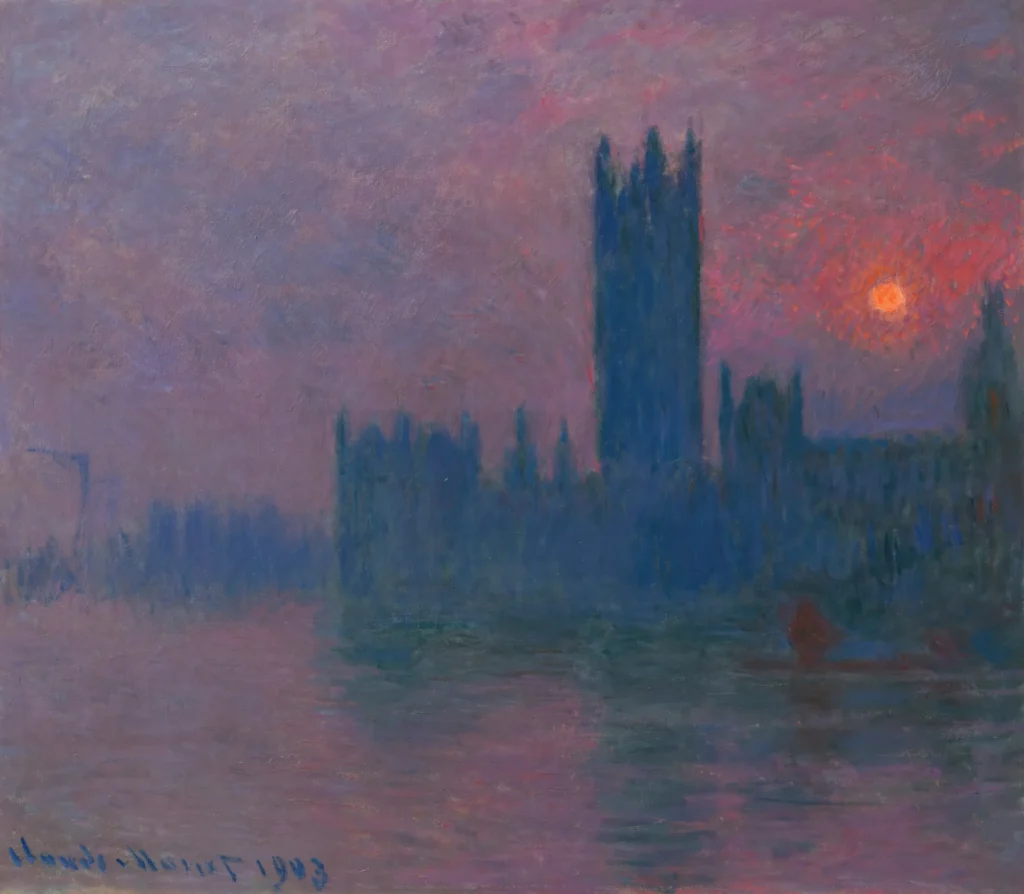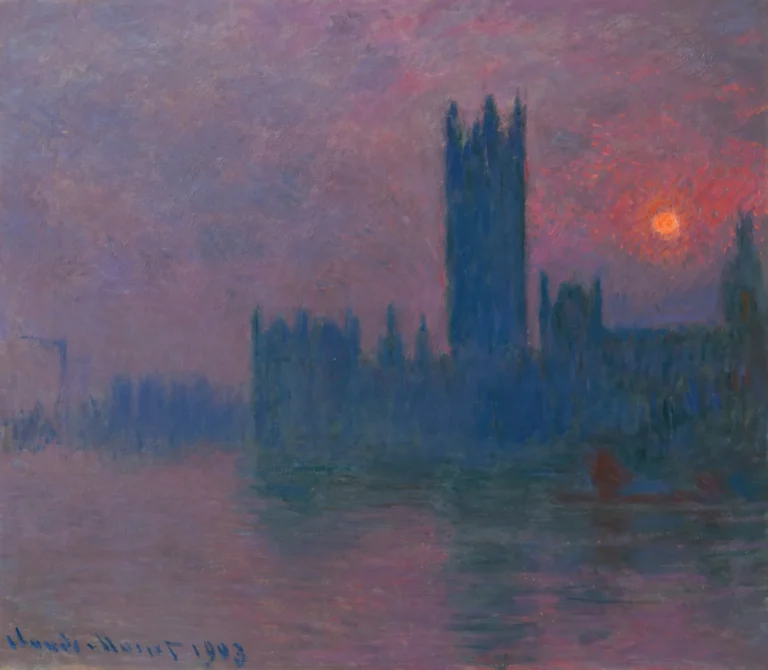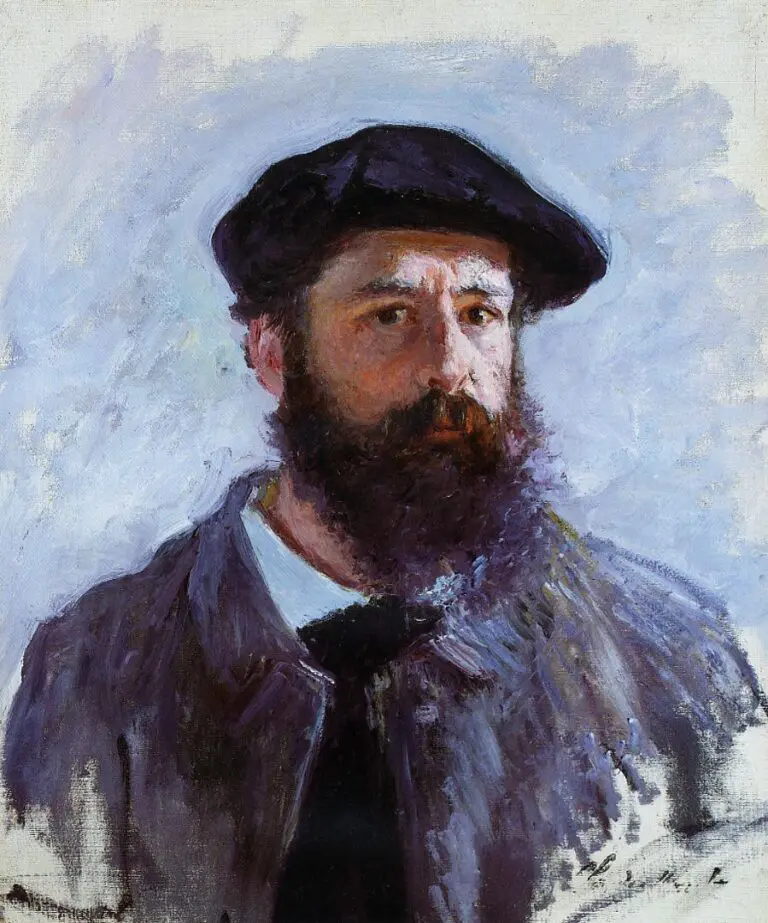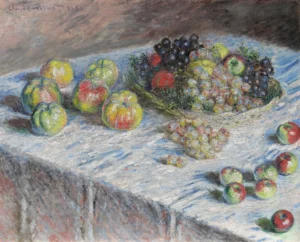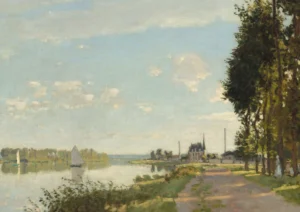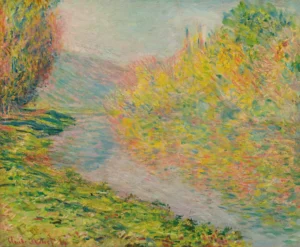Houses of Parliament (1899-1905)
Claude Monet’s Houses of Parliament series encapsulates the atmospheric beauty of London through nearly 100 Impressionist paintings created between 1899 and 1905. Focusing on the Palace of Westminster viewed from the Thames, Monet experimented with light and weather, capturing the essence of the Victorian smogs and the impact of industrialization. This series not only showcases Monet's innovative techniques but also reflects the socio-environmental changes of the era.
1899 - 1905
About the Artwork
Monet's Houses of Parliament series emerged during his extended visits to London, where he found inspiration in the city’s unique light and fog. The works were painted from strategic vantage points, emphasizing how different times of day and atmospheric conditions influenced color palettes and compositions. Monet, who began the paintings on-site, completed many of them in his Giverny studio, a notable shift that drew some criticism yet reflected his relentless pursuit of capturing transient effects. This series is particularly remarkable for its historical context, revealing the interplay between nature and industrialization during the Victorian era.
Did You Know
Monet employed a unique technique of starting his paintings on-site but often finished them in his studio using photographs for reference, a departure from his earlier methods, which invited some criticism yet illustrated his relentless experimentation with light and atmosphere.
Many paintings in the series highlight the eerie beauty of Victorian London and its smogs, reflecting the impact of the Industrial Revolution. This atmospheric effect became a central theme in Monet’s work, embodying the intersection of nature and urbanization.
Monet drew significant inspiration from the works of J.M.W. Turner and James Abbott McNeill Whistler, both of whom also portrayed atmospheric effects in their own work, highlighting the shared artistic aim of capturing the fleeting beauty of light in urban landscapes.




